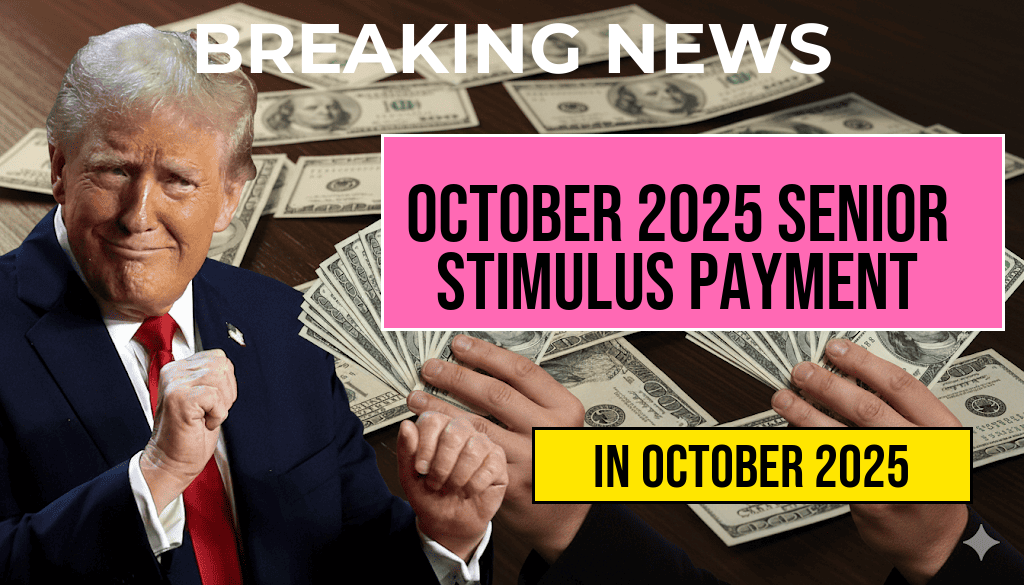The discovery of a Lincoln Wheat Penny valued at an astonishing $144,000 has sparked curiosity among coin collectors and the general public alike. This rare coin, which still appears in circulation, challenges common assumptions about coin values and rarity. While most pennies from the early 20th century are worth only their face value, certain Lincoln Wheat Pennies possess unique features that can fetch extraordinary prices at auction. The question circulating now is whether such a valuable coin remains in everyday hands or has been tucked away by collectors, preventing it from circulating further. Experts emphasize that although the penny in question is exceptionally valuable in perfect condition, its rarity and historical significance explain the high valuation. The story underscores the importance of examining older coins closely and highlights how a seemingly ordinary penny can hold extraordinary worth for those who recognize its rarity.
Background on the Lincoln Wheat Penny
The Lincoln Wheat Penny, officially minted from 1909 to 1958, marked the centennial of President Abraham Lincoln’s birth and became an enduring symbol of American currency. Designed by Victor David Brenner, these coins feature a portrait of Lincoln on the obverse and wheat stalks on the reverse, which give the penny its colloquial name. Most of these coins are common and retail for their face value unless they possess certain rare characteristics, such as minting errors, low mintage years, or unique die variations.
What Makes a Wheat Penny Valuable?
While the majority of Wheat Pennies are worth only one cent, specific factors can elevate their worth significantly. These include:
- Low mintage numbers: Coins produced in smaller quantities tend to be more valuable.
- Minting errors: Double dies, off-center strikes, or other errors create scarcity.
- Condition and grade: Coins in uncirculated or near-mint condition command higher prices.
- Historical significance: Certain years or mint marks are more sought after.
The Case of the $144,000 Penny
The penny valued at $144,000 reportedly features a rare minting error or a distinctive die variety, making it a prized find among numismatists. According to auction records, such coins typically emerge from meticulous examinations of uncirculated specimens or coins that have undergone professional grading. The high valuation suggests exceptional rarity, and experts believe the coin’s unique features have driven its market value to nearly six figures. Despite this, the question remains whether such a coin is still floating around in circulation or held securely by collectors.
Are Rare Wheat Pennies Still in Circulation?
It is highly unlikely that a coin of such value remains in everyday circulation. Coins in circulation tend to accumulate wear and tear, diminishing their collectible and monetary worth. Most rare Wheat Pennies are found in private collections, museums, or sold through reputable auction houses. However, occasional discoveries happen when individuals check their old change or stumble upon inherited collections. The rarity of the $144,000 penny indicates that it was either preserved meticulously or discovered under exceptional circumstances.
How to Identify Valuable Wheat Pennies
Collectors seeking to find potentially valuable Wheat Pennies should pay close attention to specific details:
| Feature | Description |
|---|---|
| Year and Mint Mark | Fewer coins minted in certain years, such as 1909-S or 1914-D, are highly sought after. |
| Condition | Uncirculated or mint state coins have the highest value. |
| Error Coins | Double dies, overstrikes, or off-center strikes significantly increase value. |
| Surface Quality | Coins with minimal scratches, corrosion, or discoloration are more desirable. |
The Role of Professional Grading and Authentication
Given the high stakes involved, appraising rare coins like the $144,000 Wheat Penny often requires professional grading services. Organizations such as the Professional Coin Grading Service (PCGS) or Numismatic Guaranty Corporation (NGC) evaluate coins based on criteria including authenticity, condition, and rarity. A certified coin not only assures buyers of its legitimacy but can also command higher prices at auction or in private sales.
What Should Collectors Do?
For those who possess old pennies, especially from the early 20th century, it pays to examine them carefully. Using magnification tools to inspect details, checking for minting errors, and consulting reputable coin guides or professionals can help determine potential value. While the likelihood of discovering a $144,000 penny in loose change is slim, the pursuit of rare coins remains a popular hobby. Staying informed about known rarity years and mint marks enhances the chances of a fortunate find.
Sources and Further Reading
- Wikipedia – United States one-cent coin
- Forbes – Rare Coins Increasing in Value
- Professional Coin Grading Service (PCGS)
Frequently Asked Questions
What makes a Lincoln Wheat Penny valuable enough to be worth $144,000?
The Lincoln Wheat Penny is valuable primarily due to its rarity, specific minting errors, or unique date and mint mark combinations. Coins with low mintage or those that have errors such as double die or off-center strikes can significantly increase in value.
Is it possible to find a Lincoln Wheat Penny still in circulation today?
While Lincoln Wheat Pennies were widely circulated in the early 20th century, it is highly unlikely to find one still in circulation today. Most are now part of collectors’ holdings or stored in numismatic collections.
How can I determine if my Lincoln Wheat Penny is worth a significant amount?
You should inspect your penny for key features such as date and mint mark, condition, and any errors. Consulting a professional coin appraiser or referencing numismatic guides can help you assess its value.
What are common errors or features that increase a Wheat Penny’s value?
Common errors include double die varieties, off-center strikes, planchet flaws, and repunched mint marks. Certain dates and mint marks, especially from small mintage years, are also highly sought after.
Should I keep or sell my Lincoln Wheat Penny if I think it might be valuable?
If you suspect your Wheat Penny is valuable, it is advisable to consult with a professional coin dealer or numismatist. They can provide a accurate appraisal and guidance on whether to keep or sell.






